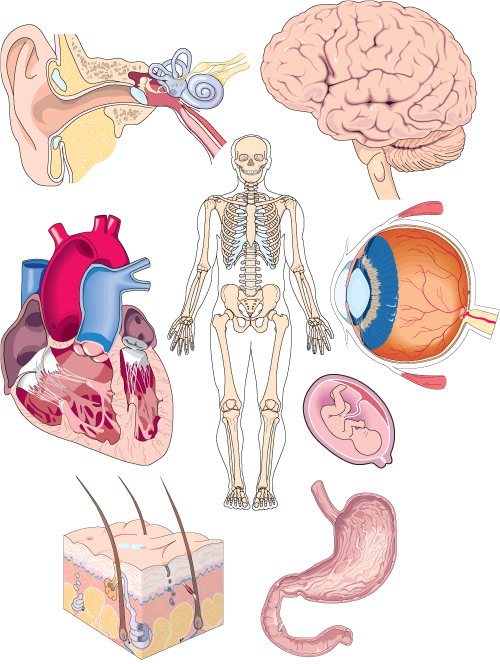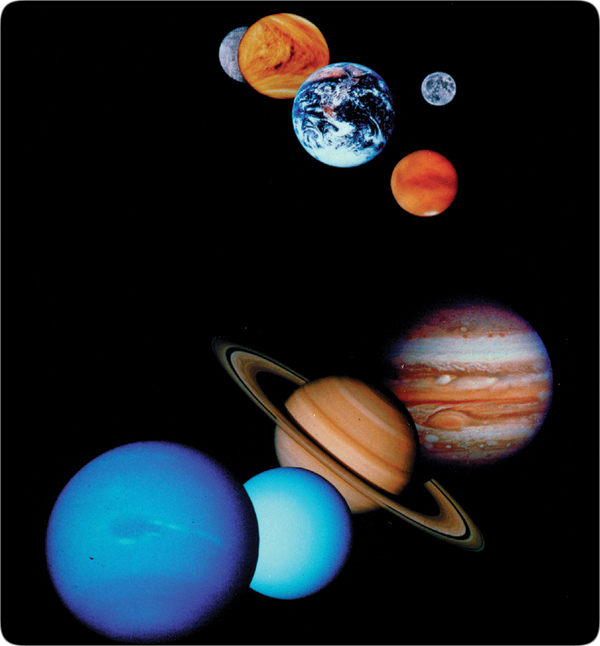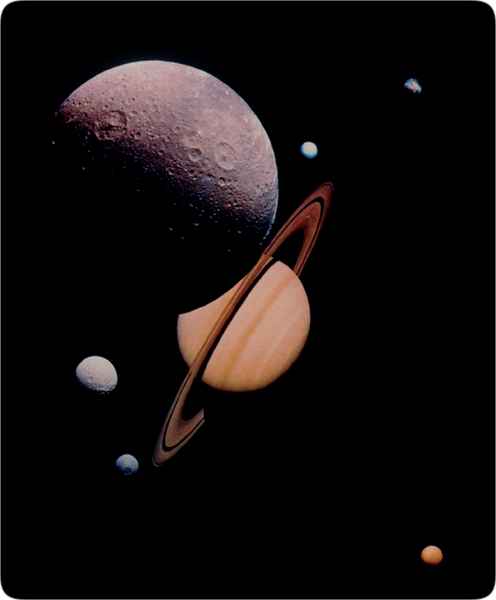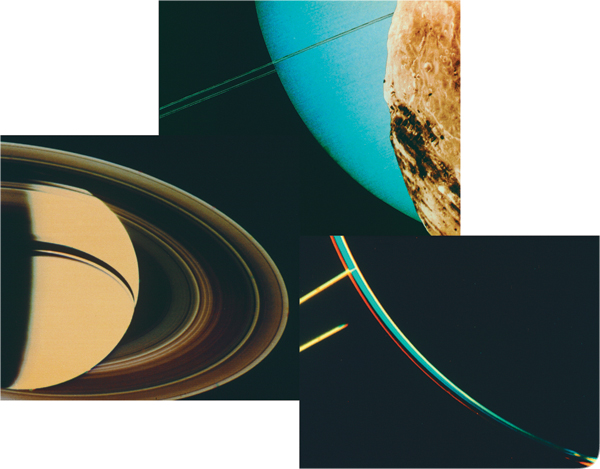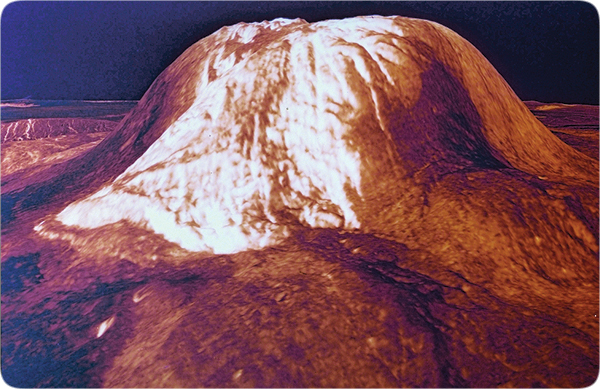Life Science Conclusions 1
When Darwin published The Origin of Species in 1859, the “evolutionary tree” had only a few gaps. Believers in his new theory thought that these gaps would be filled as scientific knowledge increased. Just the opposite has happened. As science has progressed, these “missing links” have multiplied enormously, and the obstacles to “bridging” these gaps have become even more obvious. For example, in Darwin’s day, all life fell into two categories (or kingdoms): animals and plants. Today, it is generally accepted that life falls into five radically different kingdoms, of which animals and plants comprise only two. (None of the five include viruses, which are complex and unique in their own way.) In the 1800s, the animal kingdom was divided into four animal phyla; today there are about forty.
Darwin suggested that the first living creature evolved in a “warm little pond.” Today, almost all evolutionary biologists will privately admit that science has no explanation for how life evolved. We now know that the chance formation of the first living cell is a gigantic leap, vastly more improbable than for bacteria to evolve into humans. In Darwin’s day, a cell was thought to be about as simple as a ping-pong ball. Even today, many evolutionists say that bacteria are simple and one of the first forms of life to evolve. However, bacteria are marvelously integrated and complex manufacturing facilities with many mysteries yet to be understood, such as bacterial motors and communication among bacteria. Furthermore, cells come in two radically different types—those with a nucleus and those without. The evolutionary leap from one to the other is staggering to imagine.
The more evolutionists learn about life, the greater complexity they find. A century ago there were no sophisticated microscopes. Consequently, gigantic leaps from single- to multiple-cell organisms were grossly underestimated. Each type of cell in a multicellular organism has a unique job that is controlled by only part of the organism’s DNA. If that organism evolved, its delicate controls (directing which of the myriad of DNA instructions to follow, which to ignore, and when) must also have evolved. Had it not evolved perfectly the first time, that organism would have been diseased. If that first unique cell could not reproduce, the new function would disappear. If just one reproducing cell is out of control, the organism would have one type of cancer.
Development of the computer has also given us a better appreciation of the brain’s intricate electronics, extreme miniaturization, and vast storage capabilities. The human eye, which Darwin admitted made him shudder, was only a single jump in complexity. [See Endnote 9b on page 57.] We now know there are at least a dozen radically different kinds of eyes, each requiring similar jumps if evolution happened. Likewise, the literal leap we call “flight” must have evolved not once, but on at least four different occasions: for birds, some insects, mammals (bats), and reptiles (pterosaurs). Fireflies produce light without heat, a phenomenon called bioluminescence. Other species, including certain fish, crustaceans, squids, plants, bacteria, and fungi, also have lighting systems. Did all these remarkable capabilities evolve independently?
[From “In the Beginning” by Walt Brown]

